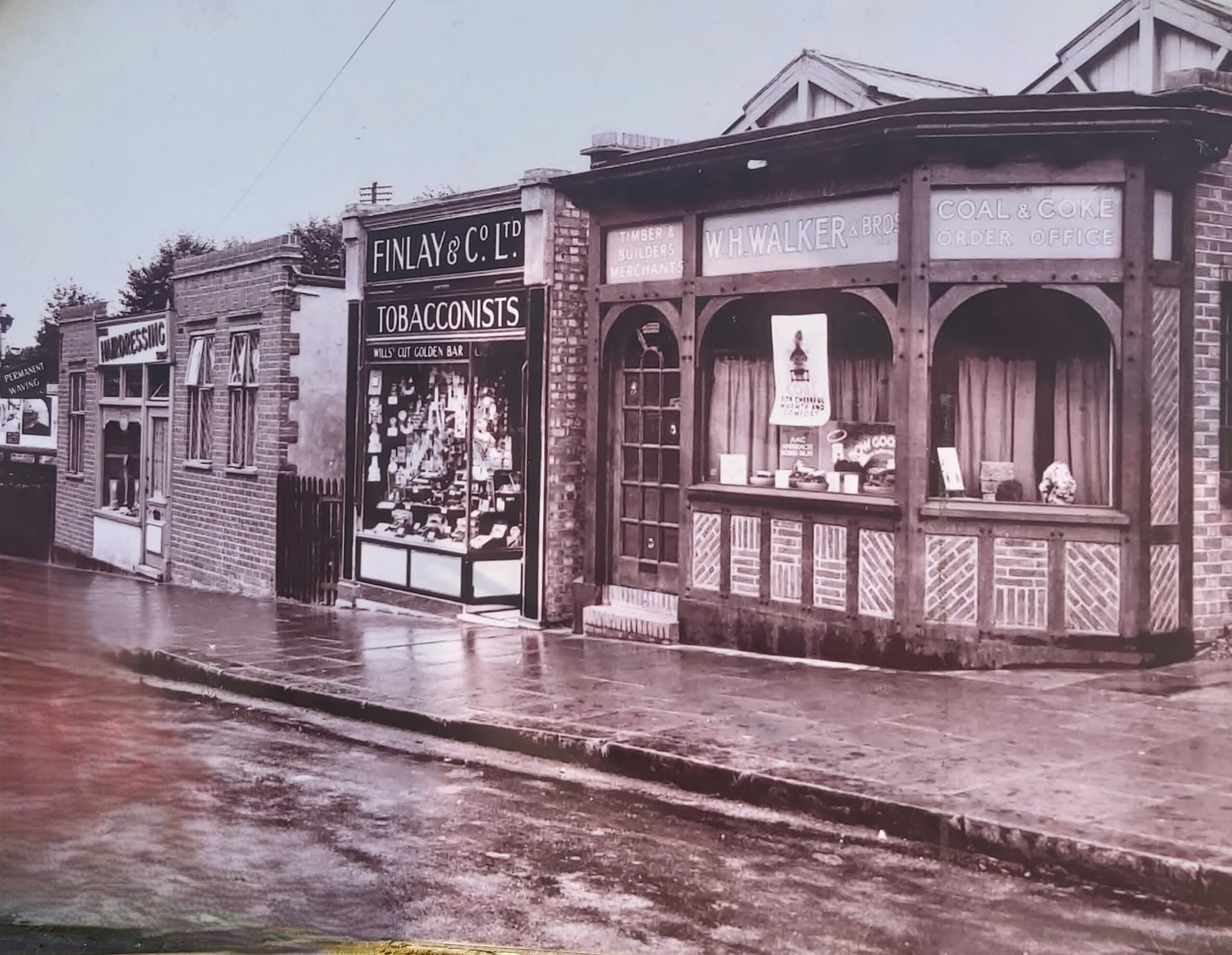The 1950s called. It’s coming back.

“I can’t imagine there has ever been a more gratifying time or place to be alive than America in the 1950s. No country had ever known such prosperity.” Bill Bryson
At a recent data conference, I was on a panel where the discussion moved the opportunities for customer data platform capabilities and tools. We discussed how these allow us to go back to the 1950s in terms of customer service. This isn’t an article with a Back to the Future angle – although this one is – but I think the 50s reference is a good analogy. Let me explain. The point we made on the panel was that the technology advances in mass marketing of the 1980s onwards allowed a “one-to-many” approach. However, this removed any element of personal service and knowledge of the individual which had previously allowed businesses to be successful.
Of course, local businesses were built on focusing on the individual customer for many years, indeed centuries. If you worked in the corner shop and a customer walked in, you would know everything about them. Their family, their interests, their regular purchases and their motivations. Think “Open All Hours”, if you’re British, or “Cheers” (where everyone knows your name) if you’re American. Businesses lost that personal approach with the growth of mass marketing tools. However, CDPs allow for this personalised service as part of the technology and associated processes. The key, though, is that those personalised messages have to be in line with customers expectations. need to be expected, and earned.
My Great Uncle
This really resonated with me. It reminded me of a family story about customer service, but one I have always found difficult. My great uncle worked in the high-street branch of a well-known Scottish bank in Ayrshire in the 40s, 50s and 60s. I never met him, in fact, but he was, by all accounts, an amazing dancer. He was a regular for the barn dances and Scottish reels in the town.
He was eventually promoted to Bank Manager of the branch, about which he, and his family, were very proud; a bank manager had a very important social status. As a result, he knew everyone in the town’s business, literally. He attended civic events, council meetings and even the funerals of those in the town (as his customers expected of a bank manager then). My great uncle was a pillar in the community. And so, he had to act the part.
And from that day forward, he never danced again. Because, he reasoned, he couldn’t turn down someone’s business loan on the Friday, and then be out dancing in the village hall the following night.
I’ve always found that a deeply sad story. He had to sacrifice something he was very good at for the sake of people’s expectations of him.
Matching Expectations with Experiences
However, in light of the point about customer experiences and expectations, I think I’m reassessing this. Taking things seriously and not being flippant or uncaring with people was an experience that people wanted to see of their bank manager. That was how he earned the right to be a pillar of the community.
So, if we are going back to the 1950s and that style of personalised experiences, it means that we have to work hard to do two things.
Firstly, we have to earn the right to provide personalised experiences. That involves learning about customers in an appropriate way, and ensuring that you store and manage data correctly. It’s equivalent to my great uncle knowing about everyone’s businesses in the town, but not talking to anyone about them.
Secondly, we have to ensure we create the right experiences for customers, which they would expect from the business. And it’s just as important to establish what isn’t the right type of experience for one’s brand as it is to establish what is. For some brands, talking about dancing and parties is absolutely correct, but for others, particularly in FS, it isn’t. Be consistent with this, and if that means that you have to be more serious in your customers’ eyes, then that’s an important insight into your customers and your relationship with them.


